Southern comfort: culinary tours and home cooking at Puglia's Castello di Ugento
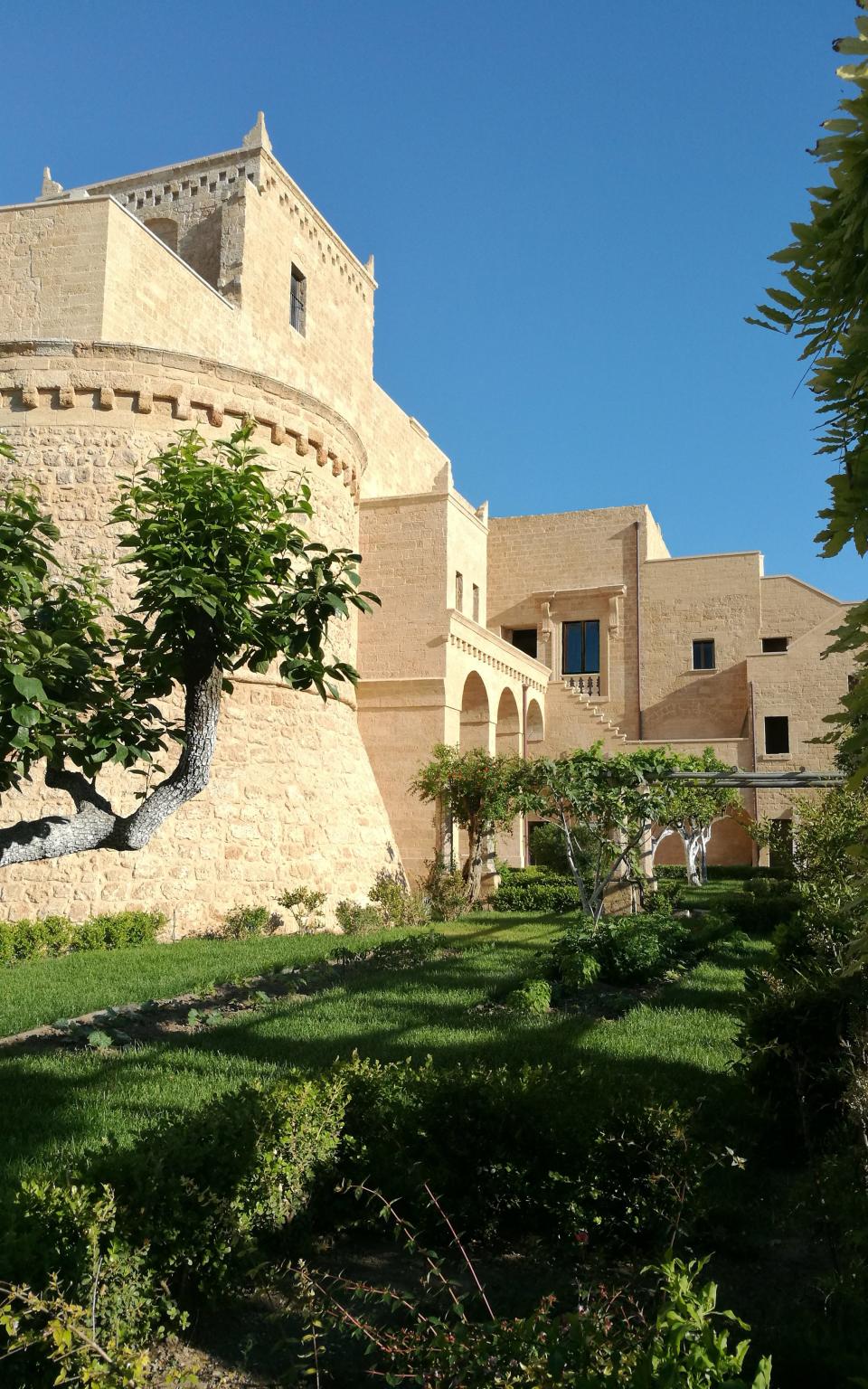
In Andria in northern Puglia, a roundabout connects to a somewhat drab street that is dominated by low-rise apartment blocks and iron-shuttered shop fronts. At the end of the road lies Asseliti Domenico e De Fato.
It’s hardly a promising spot for a culinary pilgrimage – no cobbled centro storico; no picture-postcard vista; not even so much as a quaint chequered tablecloth. Yet a pilgrimage this is, for the artisans inside this caseificio, or dairy, are tying together neat white sacks that bulge with a burrata so ferociously tasty that even the Pope reportedly satisfies his cheese cravings here.
Andria is the birthplace of burrata: the indecently rich, stracciatella-and-cream blend that’s found on the menu of just about every Mediterranean-themed restaurant from Ipswich to Ibiza. At Asseliti, customers who enter the deli can see the cheese being made at the back. Witnessing their considerate approach is a strong enticement to buy, and it's well worth doing so. Asseliti's burrata is the best I've ever tried - just as Emily Fitzroy, founder of Bellini Travel, had said it would be. A specialist in this part of southern Italy, her Puglia itineraries are a “lovingly researched” compendium of the region’s gastronomic, cultural and scenic delights, of which they are many.
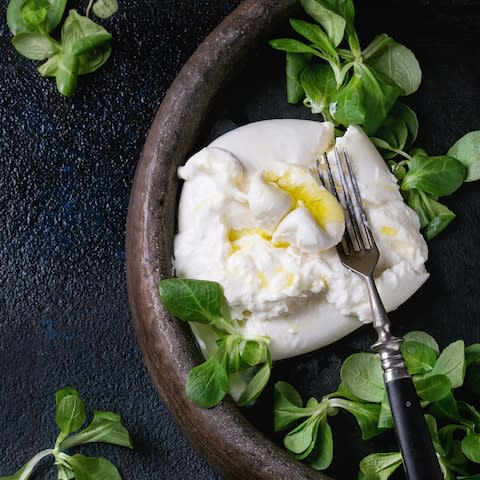
From nameless shacks selling ricci (sea urchins) to Michelin-starred restaurants, Puglia is a foodie’s paradise cloaked in a charming ruggedness that’s tonic for those tired of the crowds and extravagance of Italy’s northern and central tourist hotspots. Keen to discover more of its culinary charms, we organised a feasting tour of Lecce, the so-called ‘Florence of the South’ and the largest city in Salento (Puglia’s southern peninsula), through Southern Visions.
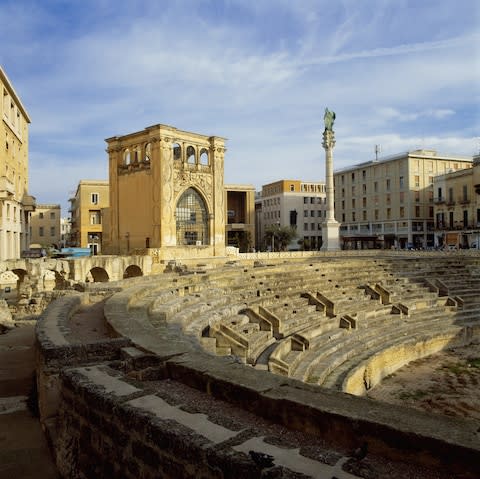
Our guide Marialba led us around the winding streets of photogenically crumbling pietra leccese, flagging up points of interest in the baroque architecture; from the subtle signposting for a centuries-old brothel, to the vast Roman amphitheatre, only a third of which has been excavated. Her historical anecdotes were interspersed with traditional sustenance from the city’s most celebrated eateries.
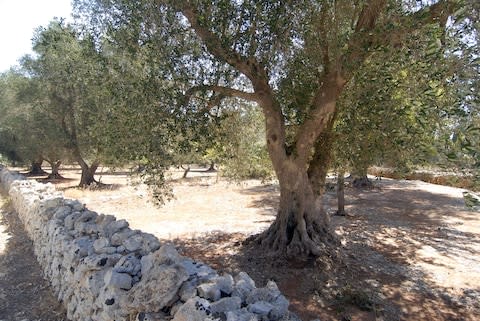
We watched coffee fanatic Marco Greco roast his own blend at the chic Caffé Cittadino, a former military officer’s clubhouse just off Piazza Sant’Oronzo, while smartly-dressed Leccese sipped espressos at the bustling bar.
We tasted taralle, the circular breadsticks proffered on the streets all over Lecce, in the city’s oldest bakery, Il Fornaio, which overlooks the amphitheatre, before easing our caffeine jitters further with crumbly parmesan, sticky quince and freshly baked rustico at family-run bakery Cotognata Leccese.

Best described as a pizza-flavoured pasty, the rustico was invented as a quick, cheap snack for 19th-century market traders. Cotognata declares its version “the best in Salento”, and as we bit into the golden flaky pastry, sending a melted mix of mozzarella cheese, béchamel and passata oozing from within, we could only nod in stupefied agreement.
The bakery, established in 1860, also lays claim to the region’s finest pasticciotto: a boat-shaped cake that comes in myriad flavours. Purists stick to the lemon-custard-filled original, enjoyed alongside their morning espressino.
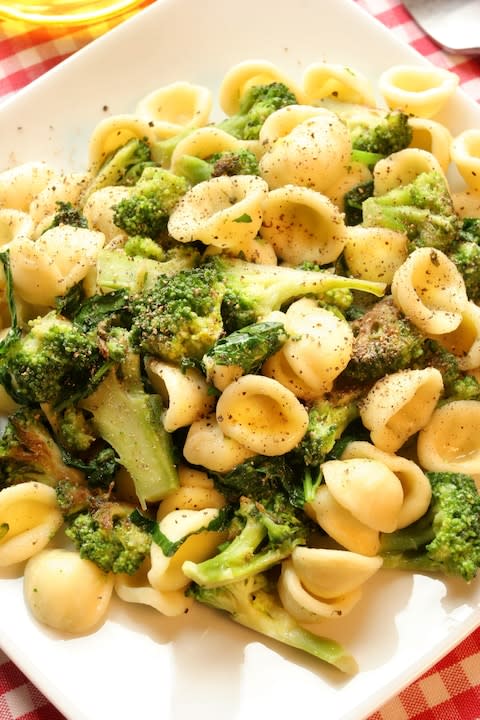
Puglia prides itself on its cucina povera. Traditional recipes have been handed down through generations, based on ingredients grown in and around family-run masserias (farmhouses). Any meat was sold, so the majority of this dirt-poor cuisine is vegetarian – hand-rolled orecchiette pasta is topped with earthy, nutty grano arso (burnt flour) instead of cheese; chicory, “turnip tops” and fava beans are a treat. But frugal is far from bland. With an estimated 60 million olive trees, 800 km of coastline, fertile soils and a microclimate made for agriculture, the quality of Puglian produce means these rustic dishes sing with flavour.
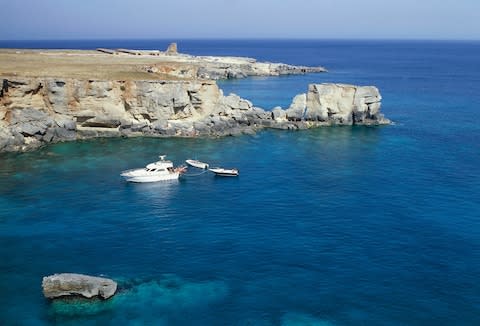
Help is at hand for those who want to recreate those sensations at home, though, thanks to a new hotel and cookery school in the very south of Italy’s heel. Actually, ‘hotel’ is an understatement, for Castello di Ugento is an ancient castle that has been magnificently restored in a six-year, €15 million (£13.2 million) labour of love. And ‘cookery school’ undersells the Puglia Culinary Centre, created in collaboration with the Culinary Institute of America, the first venture of its type outside the USA.

Masterminding the project are the most modern of Italian marchese and marchesas: Massimo d’Amore, former CEO of PepsiCo, and his partner Diana E Bianchi, a fellow Italian “exile” in America, who together breathed new life into a majestic property that was on the brink of disrepair.
The castello has belonged to the d’Amore family since 1643; as governors of the surrounding land they transformed its ancient fortress into a baroque palazzo. Twenty-two generations later, it was showing its age. The roof leaked, its splendid 17th-century frescoes were hidden behind layers of plaster and paint, its once-golden pietra leccese walls were discoloured and crumbling.
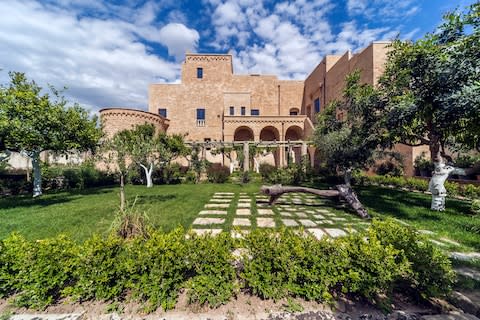
D’Amore has happy memories of childhood holidays spent at the castle with his grandfather, who lived in one run-down wing. He inherited one-twelfth of it, and set about buying back the other parts from various family members. “I wanted to do it in a nice way or else it wasn’t going to happen,” he says. It took 20 years and 18 different transactions - then came deciding what to do with it.
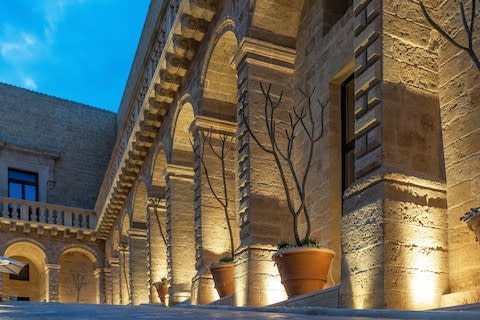
Enter Bianchi, who first visited the castle with him in 2010 and whose vision and marketing nous helped to secure the partnership with the CIA. “We hadn’t even started any work so we had nothing, just photos of it as it was – which was a ruin – and a flashy marketing presentation,” she recalls. It must have been a persuasive business plan, for the CIA agreed to help them build three state-of-the-art Electrolux Professional kitchens where final-year students spend a semester learning authentic Italian cooking.
“To bring a high level of contemporary technology into such an old and decrepit monument was hugely challenging,” says Bianchi. Strict stipulations from the office of National Historical Monuments, which oversaw the restoration, meant that the castle’s external architecture could not be touched.
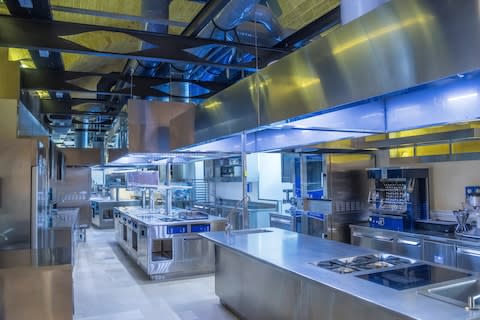
Technology had to be fitted around the ancient walls, using existing openings for ventilation and heating, which is powered by an energy-efficient system comprising 23 geothermal wells along the road to Ugento. False floors were installed in the kitchens and each piece of equipment was custom-built to fit the wonky walls of the former storerooms. The first students arrived in January 2017.
Meanwhile, work continued on the other elements of the castello’s revival. “We wanted to turn it back into a contemporary, happy place that’s full of life and is used, not just looked at,” Bianchi recalls as she leads us up a grand staircase, pointing out the blue-grey paintwork that was hidden under a thick layer of chalk for hundreds of years. We pause at the top to admire the contrast between the cornflower-blue sky and the walls of the inner courtyard, meticulously sandblasted back to their original honey hue.
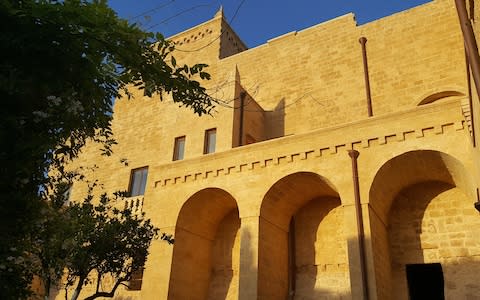
A team of experts were brought in to restore the frescoes of the first-floor salons that now comprise the museum wing; an art historian was enlisted to decode the iconography of each. Commissioned in the late 17th century to celebrate the history of the d’Amore family, parables of love, spirituality and fortune play out in intricately detailed scenes from Greek and Roman mythology that leave visitors craning their necks upwards in wonder.
The final part of the journey opened this spring. Former staff quarters surrounding the courtyard, along with a portion of the piano nobile, have been transformed into nine luxury hotel suites which marry ancient architecture with contemporary design.
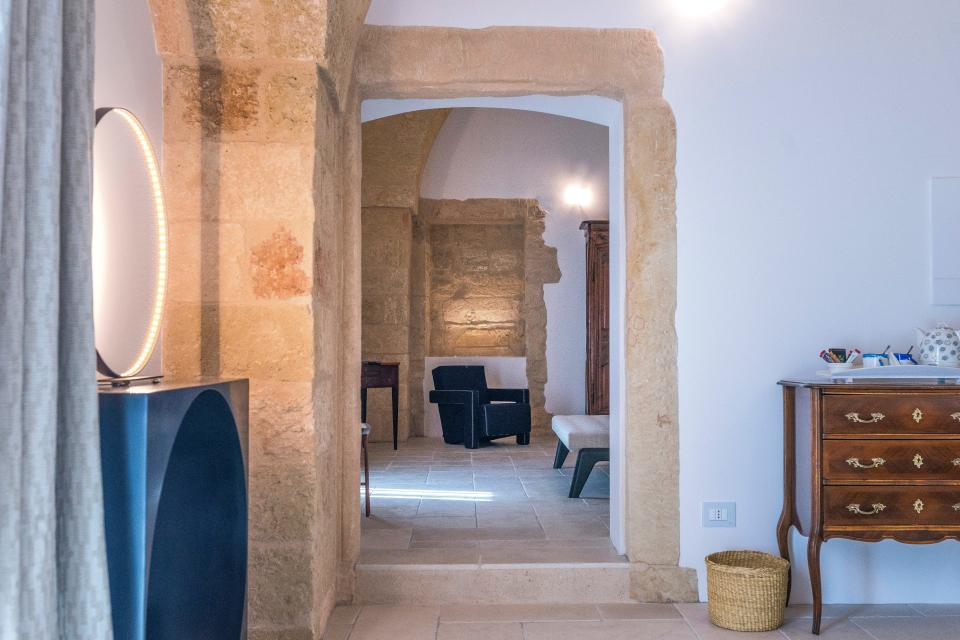
Furniture by the likes of Cassina, Poltrona Frau and Minotti sits alongside brightly reupholstered vintage pieces sourced by Bianchi. She champions Pugliese craftspeople, from the creamy handwoven linens and ceramics made by local artisans to the organic olive-oil bathroom toiletries. Beds are vast and absurdly comfortable, and the combination of Bianchi’s exacting eye for design and d’Amore’s obsession with technology means niggles have more or less been eradicated.
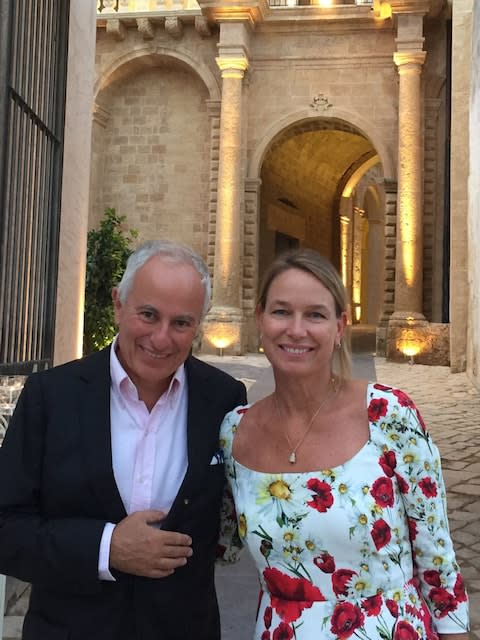
This dedication to the home-grown extends to the hotel restaurant, Il Tempo Nuevo. Milan-born, New York-trained chef Odette Fada updates Italian classics using herbs and vegetables grown in the castello’s walled kitchen gardens; menus might feature bottoni cacio e pepe, seared mackerel and deconstructed tiramisu. At breakfast, courtyard tables heave with fruits, breads, mounds of cheese and homemade pastries - all made in or as close to the castle as possible.

Dinner is served alfresco or in a vaulted dining room, whose glass floor displays a Norman tower, uncovered intact in 2015. “We were very humbled to be the first witnesses in 700 years to have seen it - even the original d’Amore family probably had no idea it was there,” says Bianchi. This historically significant find - there’s scant other evidence that the Normans had made it this far south - halted work for eight months while it was fully excavated. It is now a focal point of an atmospheric underground private dining room, like something out of Game of Thrones.
While Fada’s culinary finesse is best appreciated by watching her at work from the chef’s table, a glass of negroamaro in hand, guests are also encouraged to cultivate their own skills by joining her in a lesson that's a far cry from a roll-your-own-pasta cookery course.
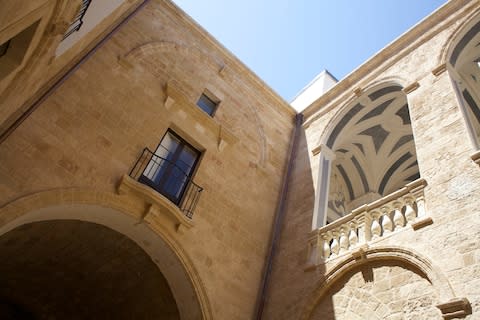
It begins with a trip to the nearby market. In a scene straight out of a Francis Ford Coppola film, locals bustle around stalls selling gargantuan peppers and courgettes, raking through vines of tomatoes for the ripest specimens, and haggling over the price of broad beans. The fish market is also full of locals vying over the day’s freshest catch.
“More than anywhere else in the world, Puglian cuisine is about the freshness of ingredients and seasonality – if it’s not in season, you won’t find it,” Fada says. Her lessons can comprise anything from crispy tomato-topped focaccia, thick with olive oil, to unleavened scallion, olive and anchovy pie, or fried chickpea tagliatelle - one of Puglia’s most celebrated, and surprisingly delicious, dishes.
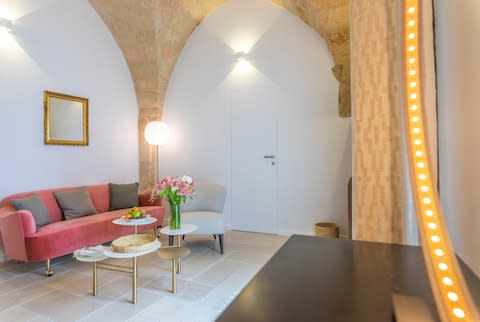
The castle’s gleaming, spaceship-like kitchens with their state of the art technology might make her – and her students’ – jobs easier, but at the heart of it are traditions that go back centuries. Like the restored ancient exterior and frescoes of the Castello itself, these time-honoured dishes are brought into the present day, ready for a new generation to enjoy.
Double rooms at Castello di Ugento start from €330 (approx. £288) per night in low season (October - April), rising to €425 (approx. £370) in high season (July and August), including breakfast and dinner; castellodiugento.com. Bespoke culinary tours of Lecce (price on application) can be arranged via Southern Visions

 Yahoo Finance
Yahoo Finance 